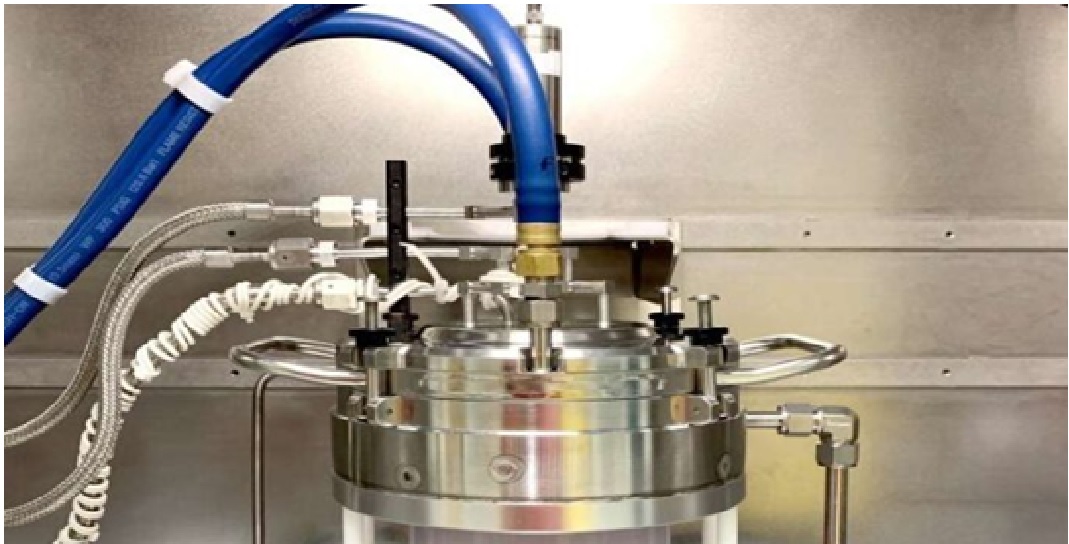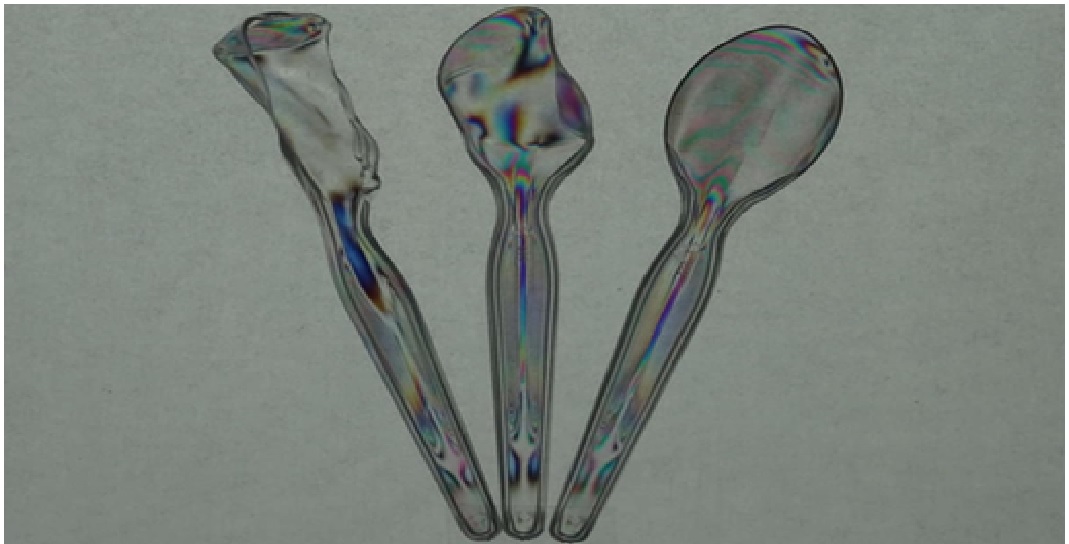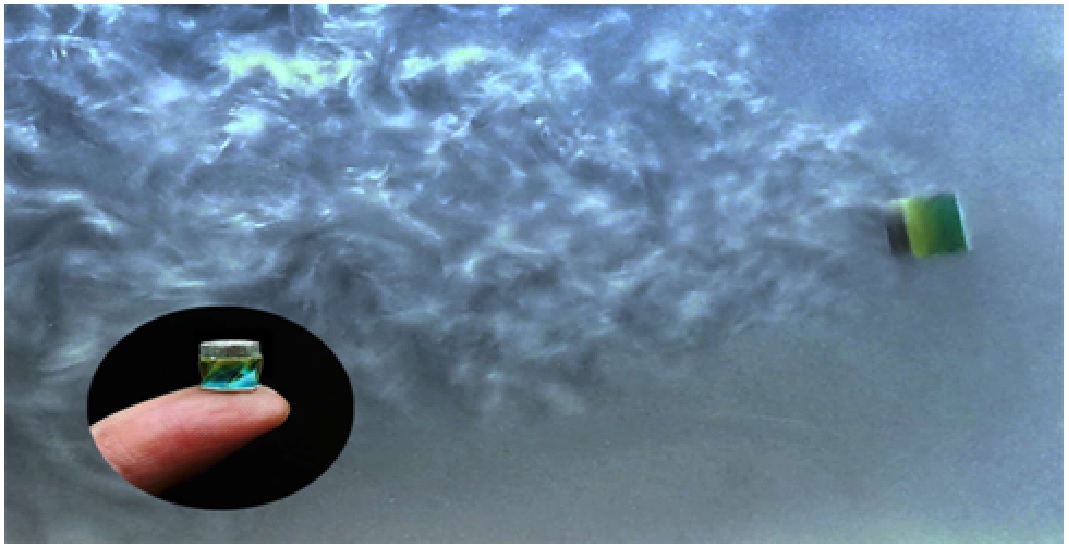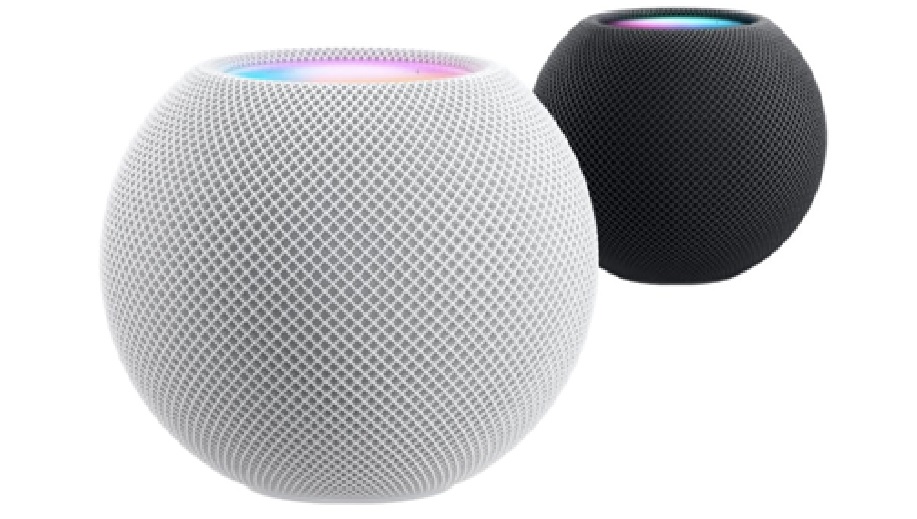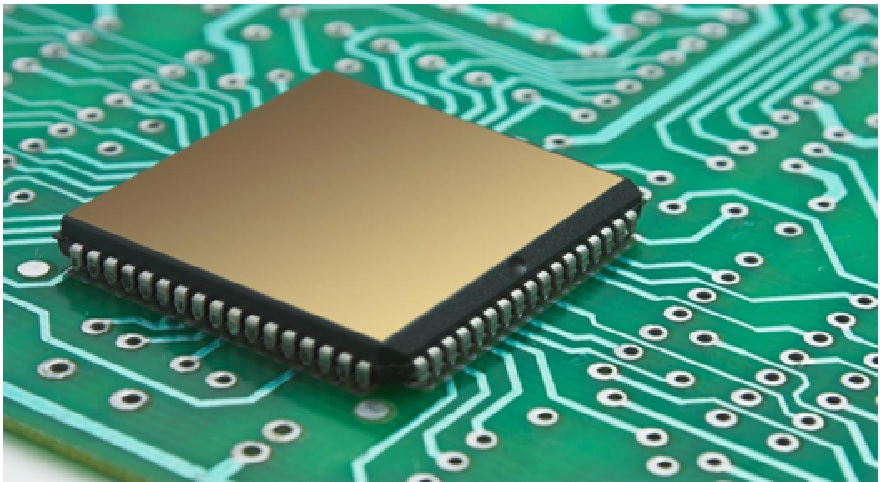Future smart homes could be powered with electronics built on stones
Stones, such as marble and granite, are natural and ecological materials that are already used by many people who build or renovate houses.
Now, in a step toward integrating energy storage with these materials, researchers have fabricated microsupercapacitors on the surface of stone tiles. The devices, informed aACS Nano (“Micro-supercapacitive stone module for natural energy storage”), are durable and easily expandable for customizable 3D power supplies. [1]
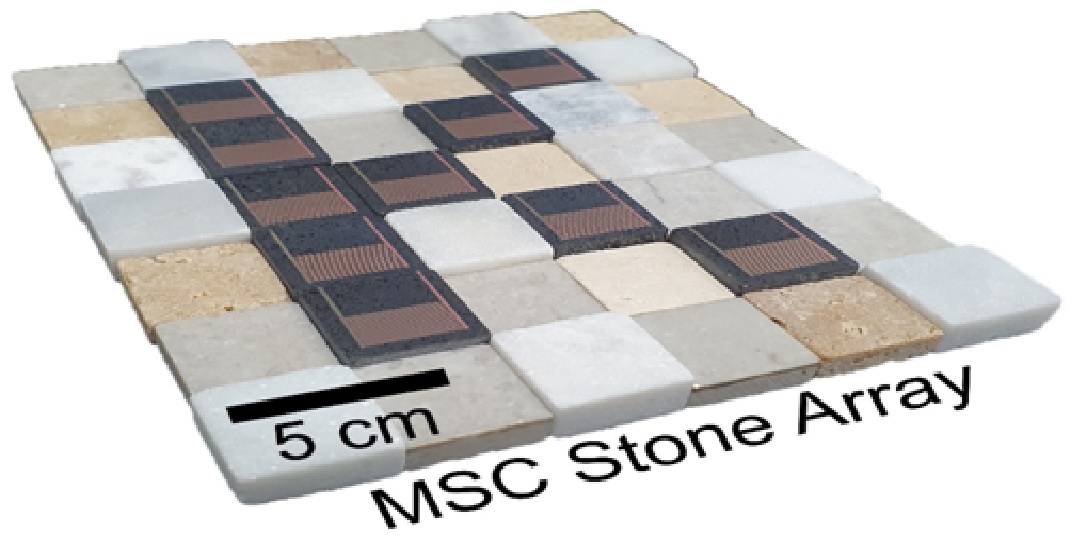
Figure 1. Future smart homes could be powered with electronics built on stones
Figure 1 shows it could be handy if the surfaces in rooms may cost smart home devices or different small electronics with out being linked to {the electrical} grid. And though stone is a broadly used materials for flooring, counter tops and ornamental backsplashes, it hasn’t been built-in with energy storage gadgets, resembling batteries and capacitors.
Howeverstones, even these which are polished and appear clean, have microscopic bumps and divots, making it troublesome to stick electrical elements to them. Researchers have just lately found out the best way to place microsupercapacitors, which have quick charging and discharging charges and glorious energy provide storage, onto irregular surfaces with lasers. [2]
The researchers patterned a copper oxide nanoparticle solution on a marble tile into two comb-like sides whose prongs were interspersed. They pointed a near-infrared laser on the nanoparticles, producing pure copper electrodes that were porous, highly conductive and strongly attached to the stone’s surface. To form the microsupercapacitor, the researchers deposited iron oxide onto one of the electrodes to form a cathode, and manganese oxide on the other to form an anode. [3]
The electrolyte layer connecting the electrodes was made from a lithium perchlorate and polymer solution. In tests, the device maintained a high energy storage capacity even after 4,000 charge-discharge cycles. When multiple microenergy devices were strung together in a three-by-three array, enough energy was stored to light an LED. In addition, the stone energy storage devices were exceptionally durable against harsh impacts and could be quickly recycled. The researchers say that stone microenergy devices could provide high-performance, customizable and conveniently accessible power from natural building materials. [4]
References:
- https://nwzwire.com/future-smart-homes-could-be-powered-by-electronics-built-on-stones/
- https://smartech.energy/future-smart-homes-could-be-powered-with-electronics-built-on-stones/?utm_source=rss&utm_ medium=rss&utm_campaign=future-smart-homes-could-be-powered-with-electronics-built-on-stones&=1
- https://www.chemeurope.com/en/news/1176881/future-smart-homes-could-be-powered-with-electronics-built-on-stones.html
- https://www.acs.org/content/acs/en/pressroom/newsreleases/2022/july/future-smart-homes-could-be-powered-with-electronics-built-on-stones.html
Cite this article:
Thanusri swetha J (2022), Future smart homes could be powered with electronics built on stones, AnaTechMaz, pp.273



